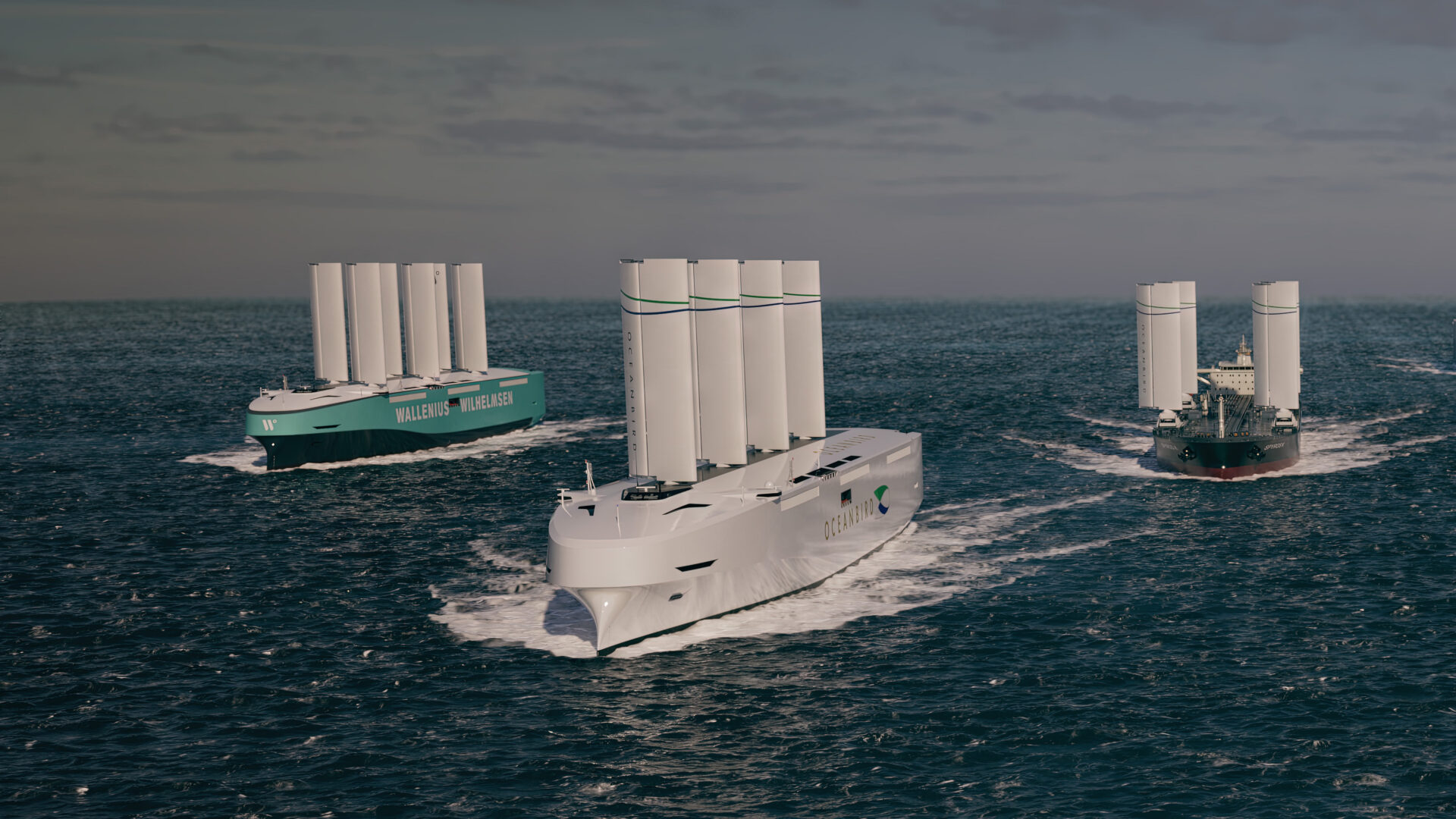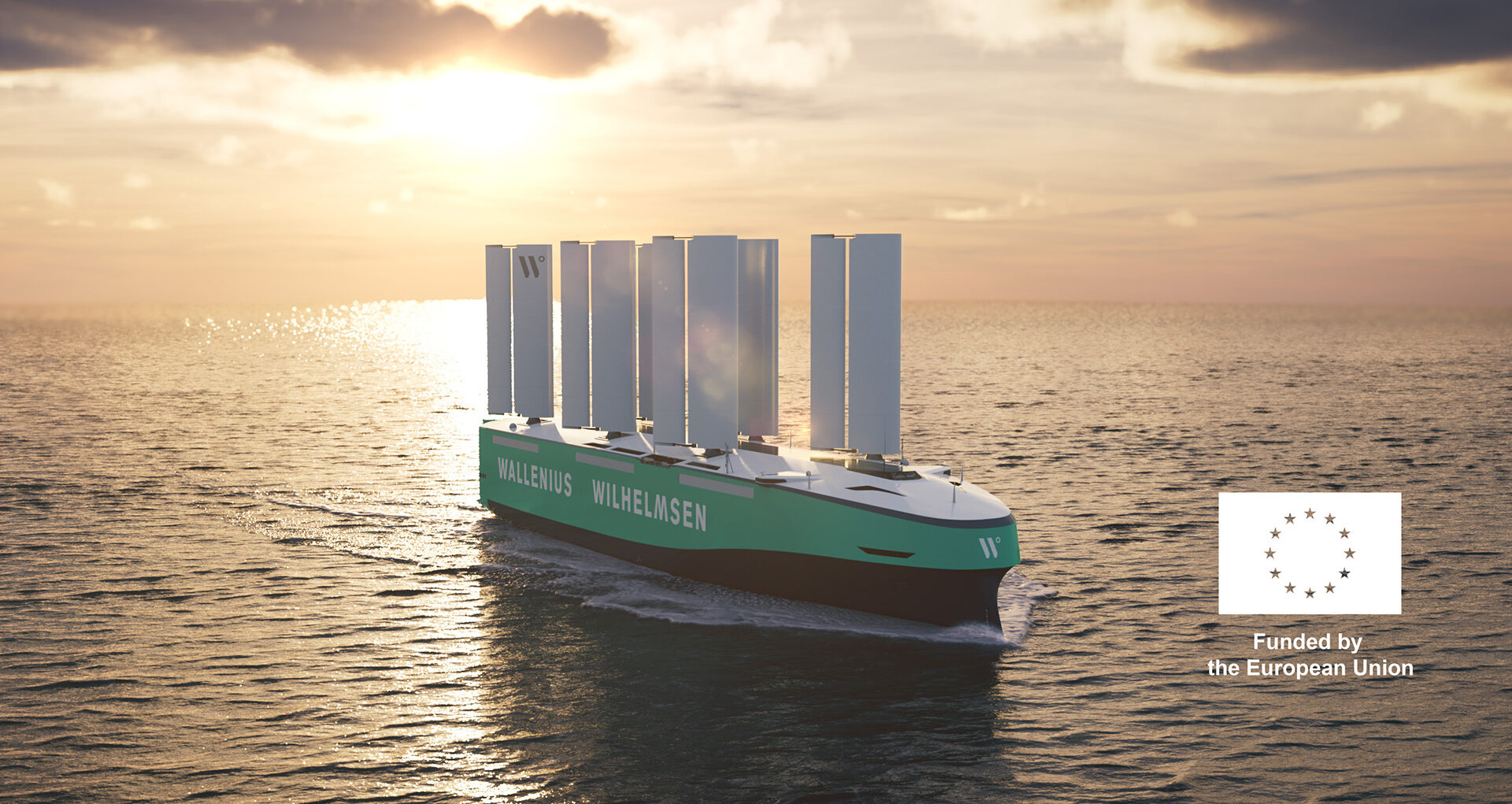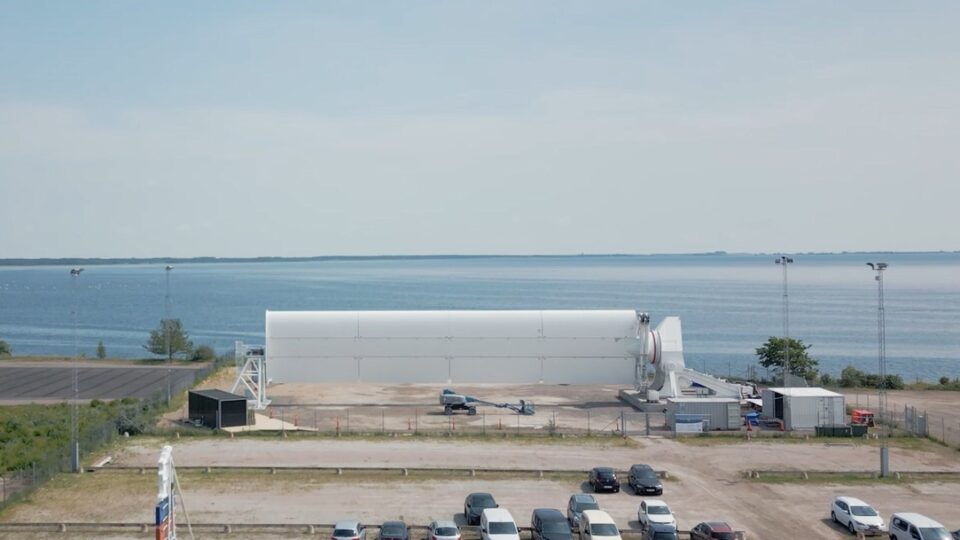What is the Oceanbird concept?
Oceanbird is a concept for wind-powered vessels. The concept, including wing sails, special designed hull and speed/route recommendations, showed that it is possible to reduce emissions from vessels by up to 90 percent compared with conventional vessels.
The Oceanbird concept was developed in a research project between Wallenius Marine, KTH Royal Institute of Technology and SSPA, with support from the Swedish Transport Administration (Trafikverket).
Learn more about the cluster behind the Oceanbird concept.




